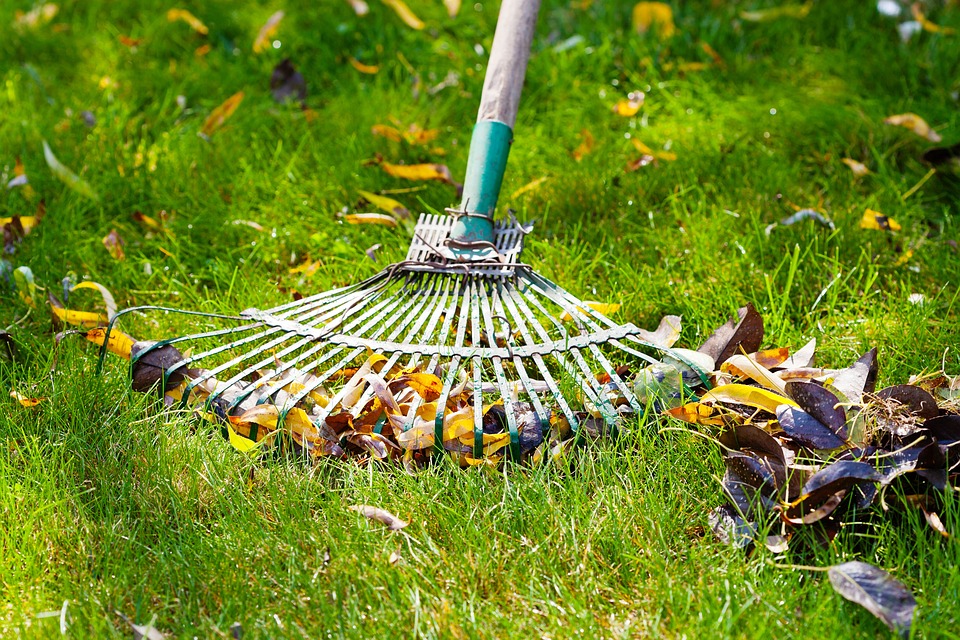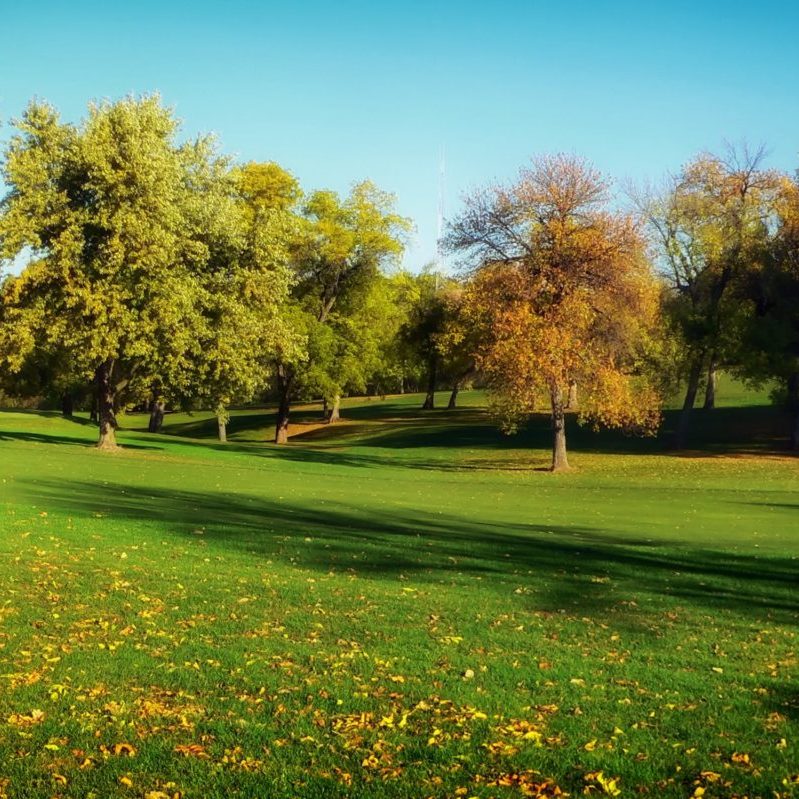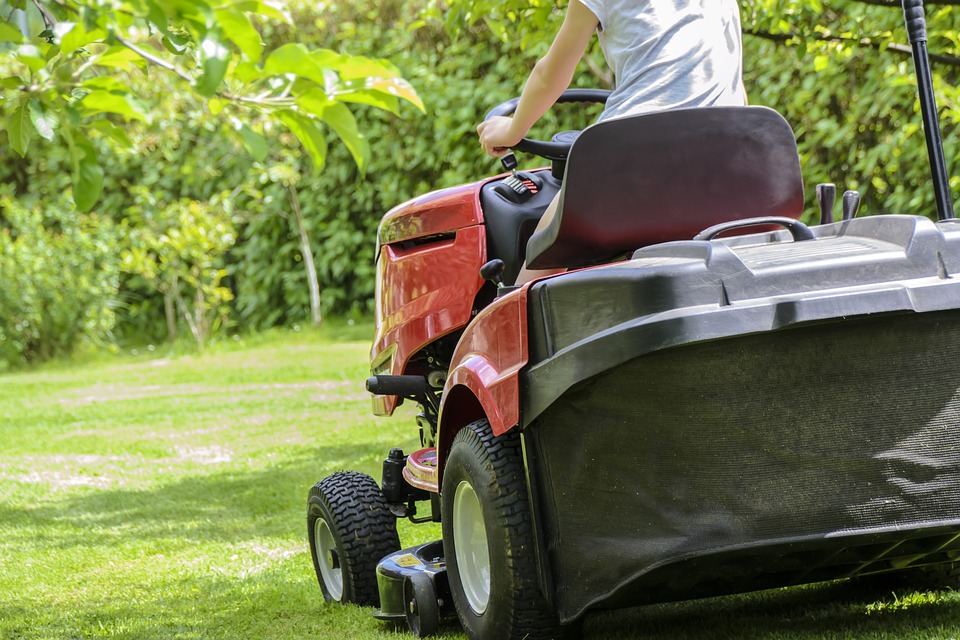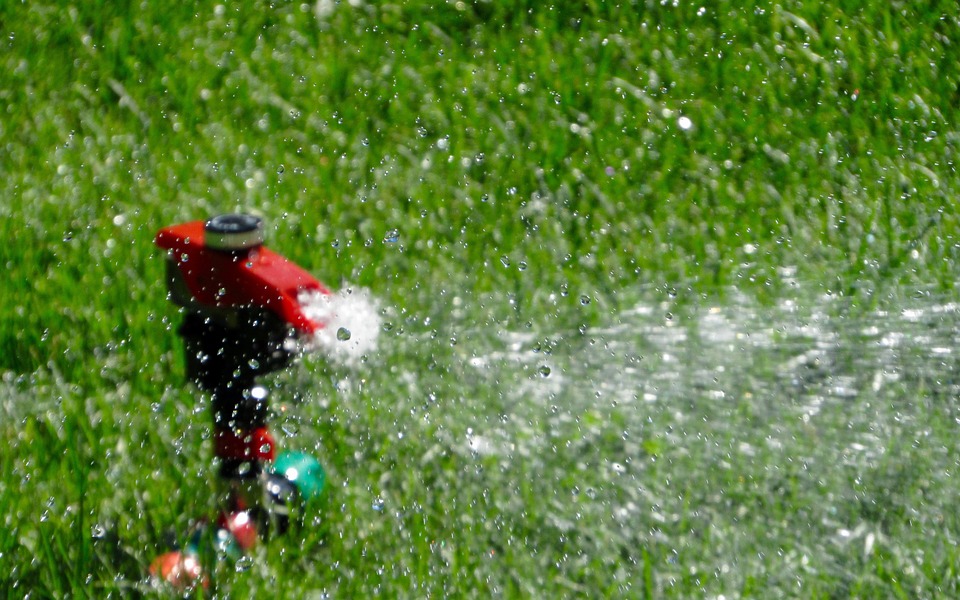
Labor Day has come and gone, so it’s time to change out your summer lawn care routine for your new, and hopefully more relaxed, autumn itinerary. As the fall rains begin to fall and the temperatures drop, you should consider the fall as the optimal time to repair and prepare your lawn for any weather that will challenge your lawn this winter, as well as for the promising spring that awaits.
1. Mow short
Now is the time to get your lawn in good condition for next year. Mow short, about an inch or so depending on your grass type. Consider leaving the clippings on the lawn to help fertilize your soil for the upcoming season.

2. Apply pre-emergent herbicide
If you are concerned about weeds taking over, apply a pre-emergent herbicide to keep these winter invaders at bay. Either a granular herbicide or a liquid application will work, but make sure you wear protective gear to keep yourself safe.
3. Overseed
If your lawn is looking a little barren in some spots, or if you’re hoping for a fuller lawn next spring, consider overseeding. A cool-season grass can work wonders, as it will produce green growth once your warm-season varieties go dormant and look pale in comparison.
4. Get rid of those leaves
Fall foliage may be beautiful to look at it, but too many leaves left to rot can wreak havoc on your lawn. Fallen leaves aren’t inherently bad for grass, in fact, they act as a fantastic natural fertilizer and can jumpstart your lawn’s growth next spring.
However, when left to decompose in large piles, they will develop fungal growths that can make you sick. Also, leaves can block out the sunlight needed for healthy grass growth, removing the grass’s ability to store nutrients for winter dormancy. They can also lead to grass disease and inhibit the oxygen absorption of your plants.

Instead of leaving your leaves for another day (no pun intended!), consider using the mulching attachment on your lawn mower to chop these leaves into more fine pieces. Mulching will allow you to fertilize your lawn and will save on raking duties at the same time.
5. Act now to prevent pests in the spring
Several pests are known to overwinter in the soil throughout the winter months. For example, grubs can linger long past a frost or even a deep freeze. Treat your lawn now to prevent pests in the spring, and remember that leaving debris on your lawn throughout the winter, including piles of wood or leaves, can lead to pest problems in the spring.
6. Keep watering, but cut back
You need to keep watering your lawn throughout the fall to keep it healthy during the fall and winter months. A well-watered lawn will help keep grassroots hydrated throughout the winter. You can cut back, but remember that your grass needs roughly an inch of water per week.

Now is also the time to make sure all of your irrigation systems are in order. Depending on how warm it is this season, you may want to pull any spigots now, too. If you experience a frost or light freeze, you may damage your watering systems if you leave them exposed to the elements.
7. Winterize cold-sensitive plants
If you have any plants that are vulnerable to the cold, such as evergreens that can experience intense moisture loss, now is the time to winterize your plants. Some lawn and garden stores sell special oils that can help prevent moisture loss, while others offer guards or covers that you can use to protect your plants from harsh weather.
8. Aerate and fertilize
Fall is the time to both aerate and fertilize your soil. Aeration helps prevent grass compaction from summer traffic and also supports the grassroots reach necessary oxygen, nutrients, and moisture. You should aerate your lawn at least once a year – more often if you have heavy soil like clay.
Fertilizing is also essential at this time of the year, as your lawn needs nutrients to stay healthy after it goes dormant. During the winter months, your grassroots will continue to grow and will hold onto any nutrients you provide them until the spring. Fertilize at least once before it gets cold. Opt for a pelletized fertilizer with appropriate ratios of the nutrients in which your soil is deficient consider testing your soil first to determine this or an organic, all-natural fertilizer such as aged compost or grass clippings.
Need help tending to your lawn? Visit our Greenville lawn care page for more info!